How Honor Blackman set the template for James Bond's leading ladies
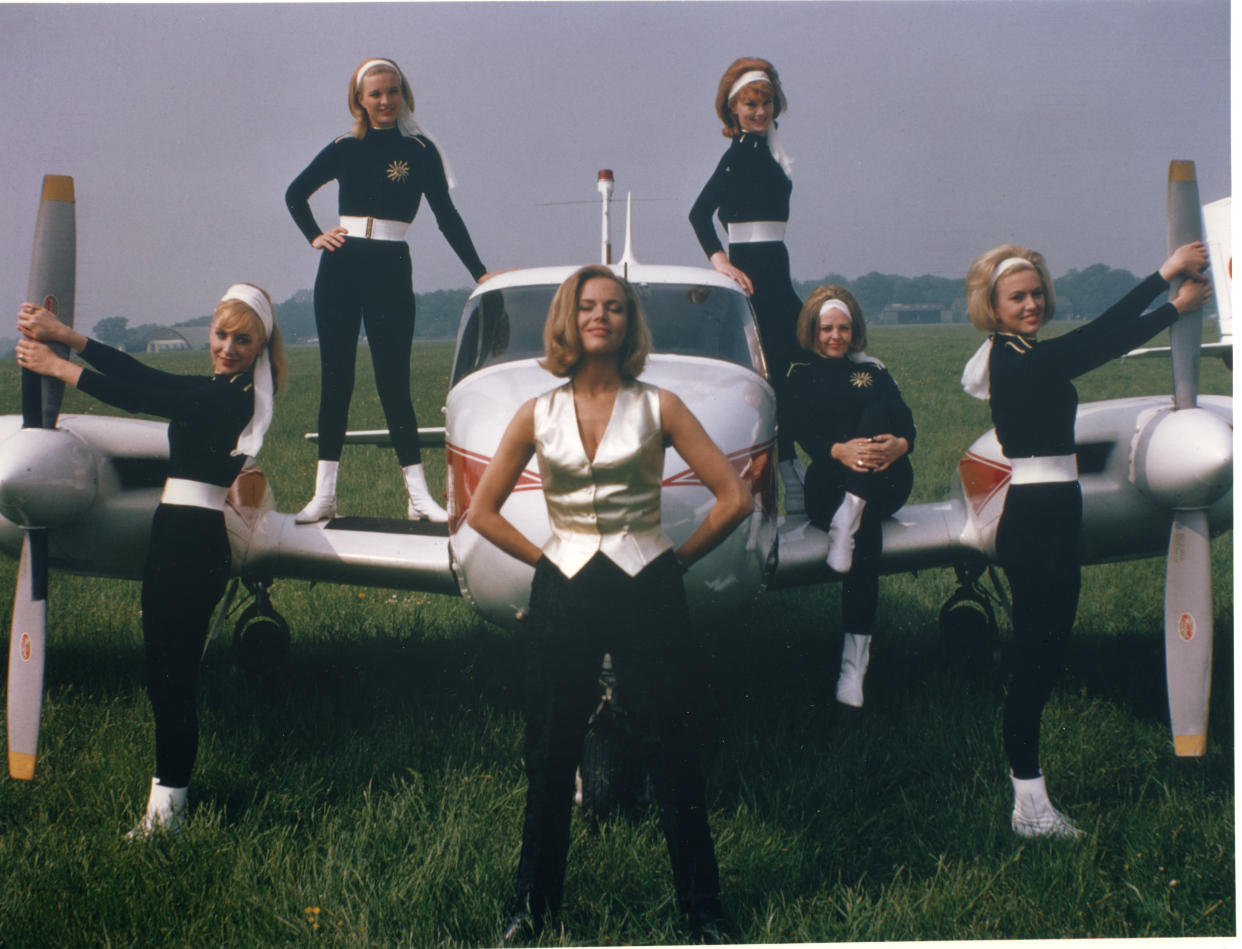
British cinema does not have many female icons in its hall of fame. And while the James Bond series of films has always been an international project of cinema, its production heart and story soul has been eternally British.
And its first home-grown leading lady was always Honor Blackman.
The Bond films didn’t really come of age until their third spin of the dice and 1964’s Goldfinger. Its earlier siblings Dr. No (1962) and From Russia with Love (1963) were always brilliant colonial hangovers of the late 1950s - and that Kennedy women era of docile trapped-bird secretaries and A-line skirted globetrotting.
Read more: Honor Blackman dies aged 94
Whilst the wave-emerging Ursula Andress and that conch shell of course helped wake up the 1960s and helped secure 007 as brand force of cinema, it was Honor Blackman’s censor-baiting turn as Pussy Galore in Goldfinger two years later that was the watershed and the role that reclaimed British cinema from the American-steered 1950s icons like Diana Dors and Joan Collins.
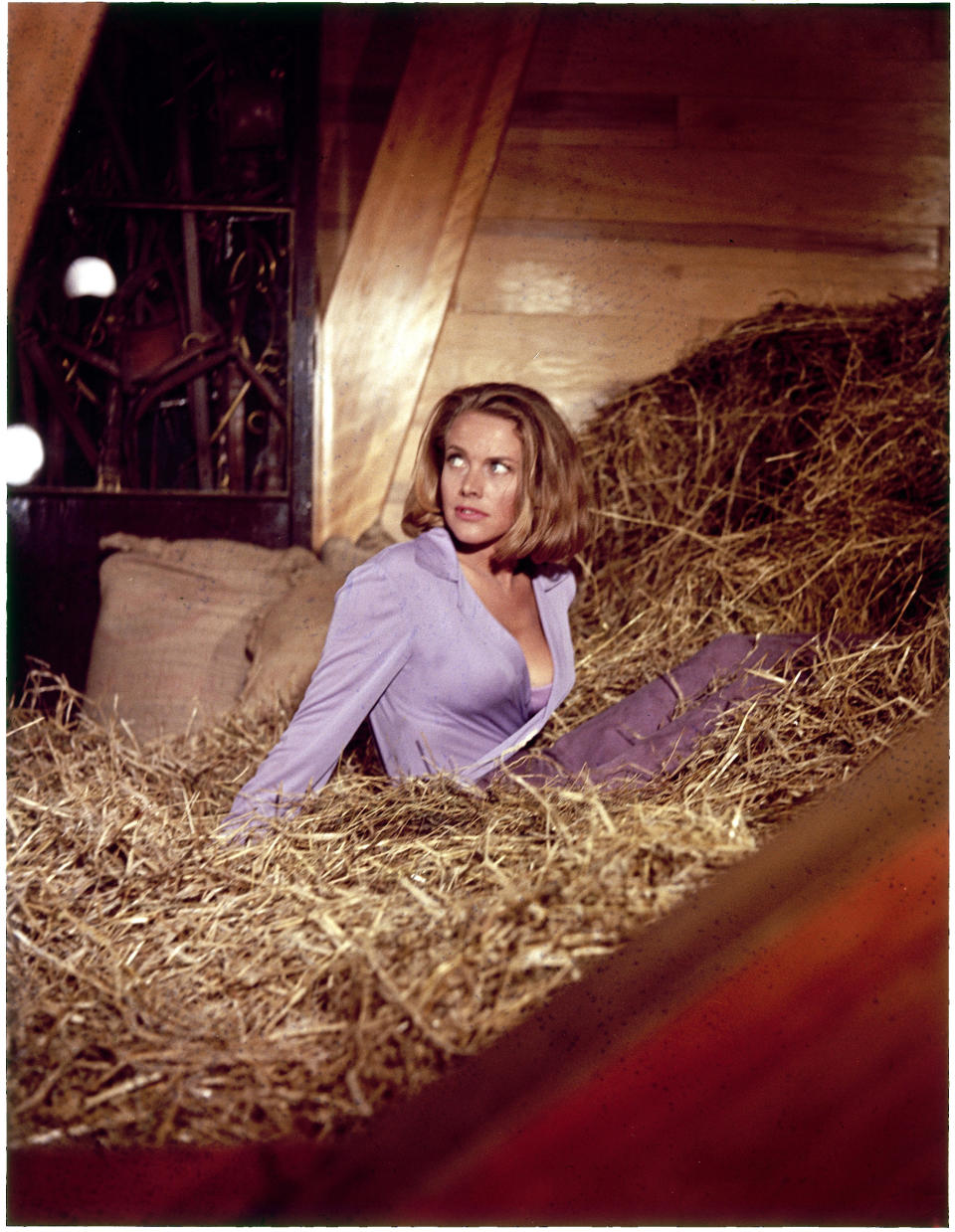
The early Bonds often get easily cited as sexist, prurient hangovers. The bikinis, cleavages and onscreen looks at both do sometimes sit less comfortably sixty years on – but that was how the world was, not just our man James.
And while the societal, professional and sexual standing of many Bond women get overlooked by idle copy, it is worth noting too how it was the women of Goldfinger that changed the fortunes of one of cinema’s most famous men. Shirley Bassey, golden girl Shirley Eaton, co-star Tania Mallet, golden title star Margaret Nolan and most notably Blackman steered the good ship 007 out of Fleming’s colonial footings into an international movie brand.
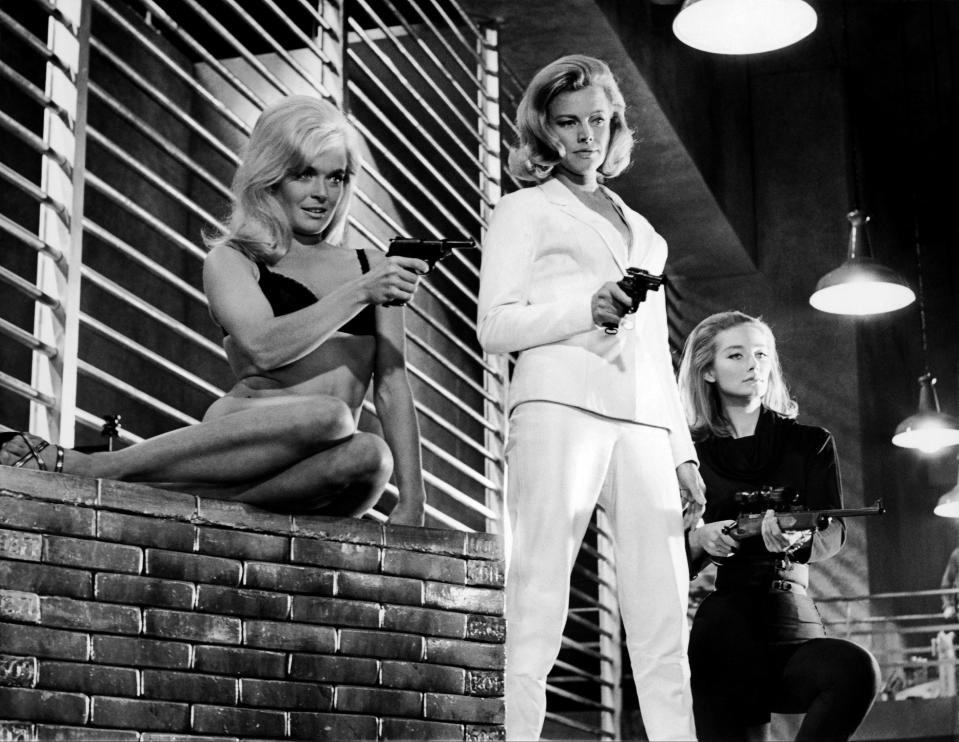
However, Goldfinger was not just a perfect alloy of design, pace, movement, music and timings. It was one of the world’s first new era action movies. And if it was the blueprint for everything that came after for 007, then Honor Blackman forged the template for not just Bond’s women, but action cinema’s women.
All Bond actresses post Goldfinger owe her a massive debt. Every Diana Rigg (On Her Majesty’s Secret Service, 1969), Barbara Bach, (The Spy Who Loved Me, 1977), Lois Chiles (Moonraker, 1979), Maud Adams (Octopussy, 1983) Grace Jones (A View to a Kill, 1985) and Michelle Yeoh (Tomorrow Never Dies, 1997) all made the Galore baton ever glorious.
Read more: Pussy Galore in Honor Blackman’s own words
And ever more essential. Later this year No Time to Die’s very British and very agile Lashana Lynch will once again proves the spirit of Honor Blackman is crucial to the cinematic Bond’s DNA. And while Fleming crafted a more sexually different character in his 1959 novel, such was the presence that Blackman alone subsequently gave the role author Anthony Horowitz revived the Galore character in his 2015 Bond novel, Trigger Mortis.
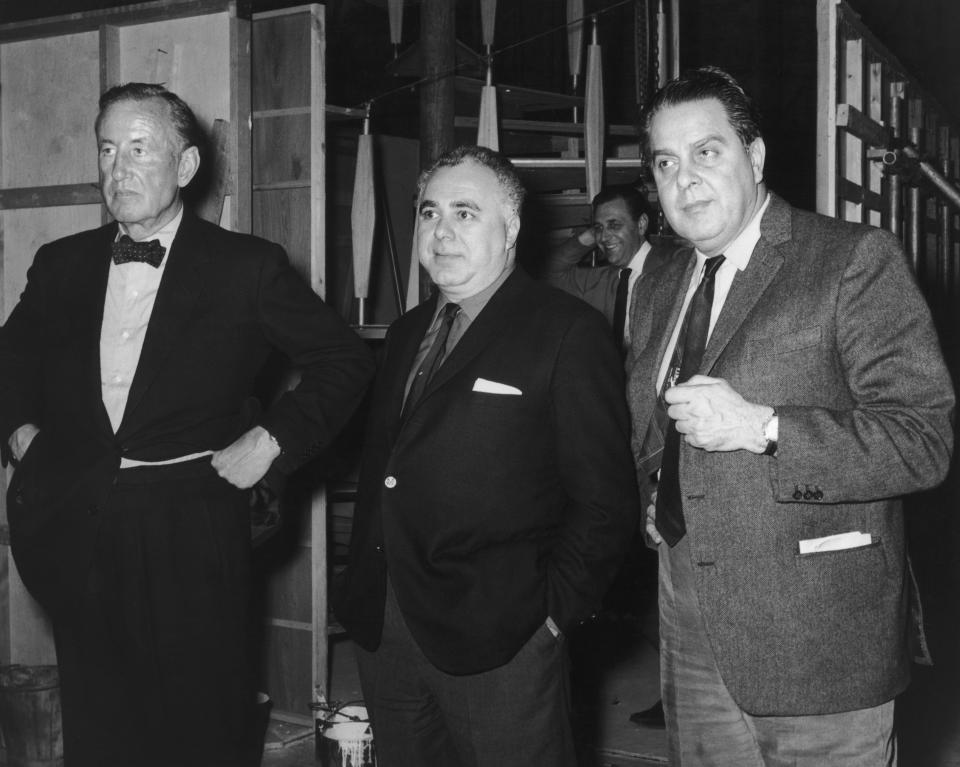
Perhaps more crucially one could argue that without Pussy Galore karate-chopping her way through Connery’s affections we would not indeed have had Michelle Yeoh, Sigourney Weaver, Cynthia Rothrock, Linda Hamilton, Zoë Bell and Scarlett Johansson. With her leather cat-suits, flattened fighting palms and winking poise, the latter’s Black Widow character is 99% Blackman.
Following her stint as Cathy Gale in the TV’s The Avengers and her hay-kicking time on Bond, Blackman later became a face of judo. Her Book of Self Defense (1966) was not only branded with exactly the same typeface seen all over Daniel Craig’s No Time to Die (2020), she evolved those onscreen fighting roles into helping women realise their own martial arts abilities. Bond stuntmen were her tutors and Life magazine and the world picked up on it.
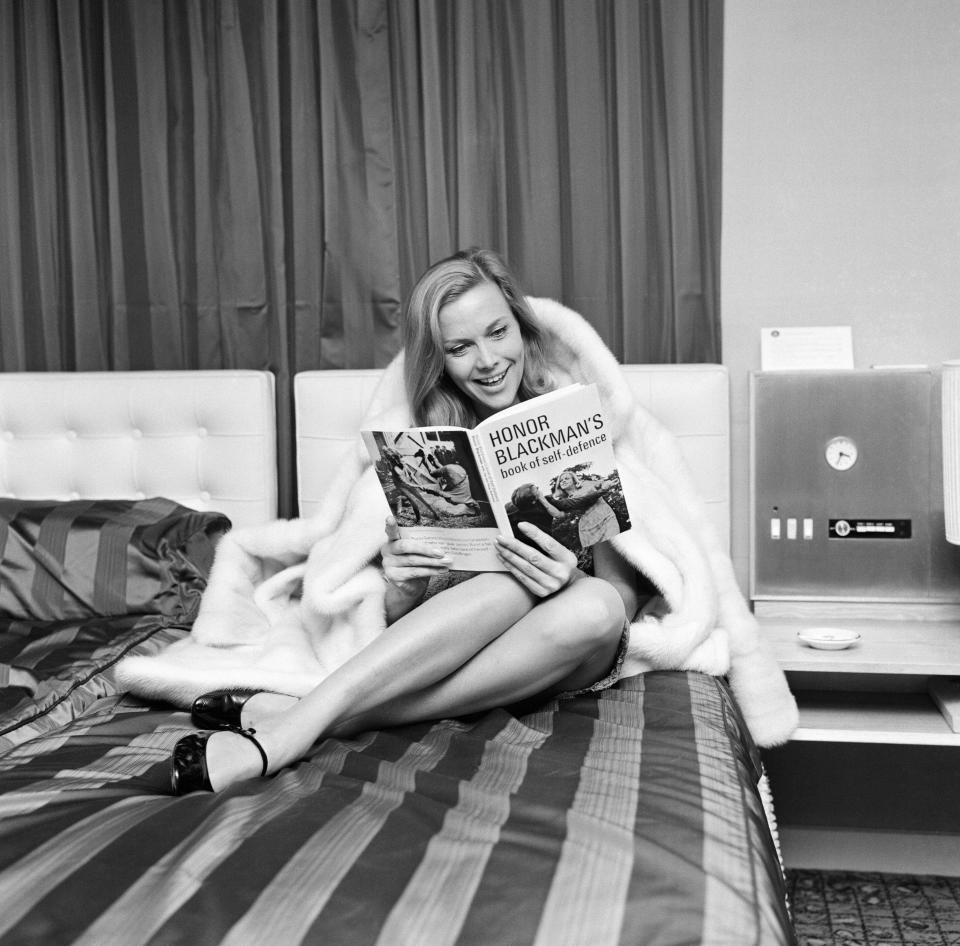
In Goldfinger, Blackman yielded a character who wasn’t a trapped-bird victim of mid-century men or political systems. Blackman’s Galore was a character who had already crafted her own business, squadron of pilots, decisions, cutting dialogue and an ability to say no to Bond. She was also having fun as Blackman’s perfect poise gave the women in the audience more than just equality and progression. She gave them intelligence amidst the high camp and a British beatnik grace that the world’s most famous photographers never overlooked.
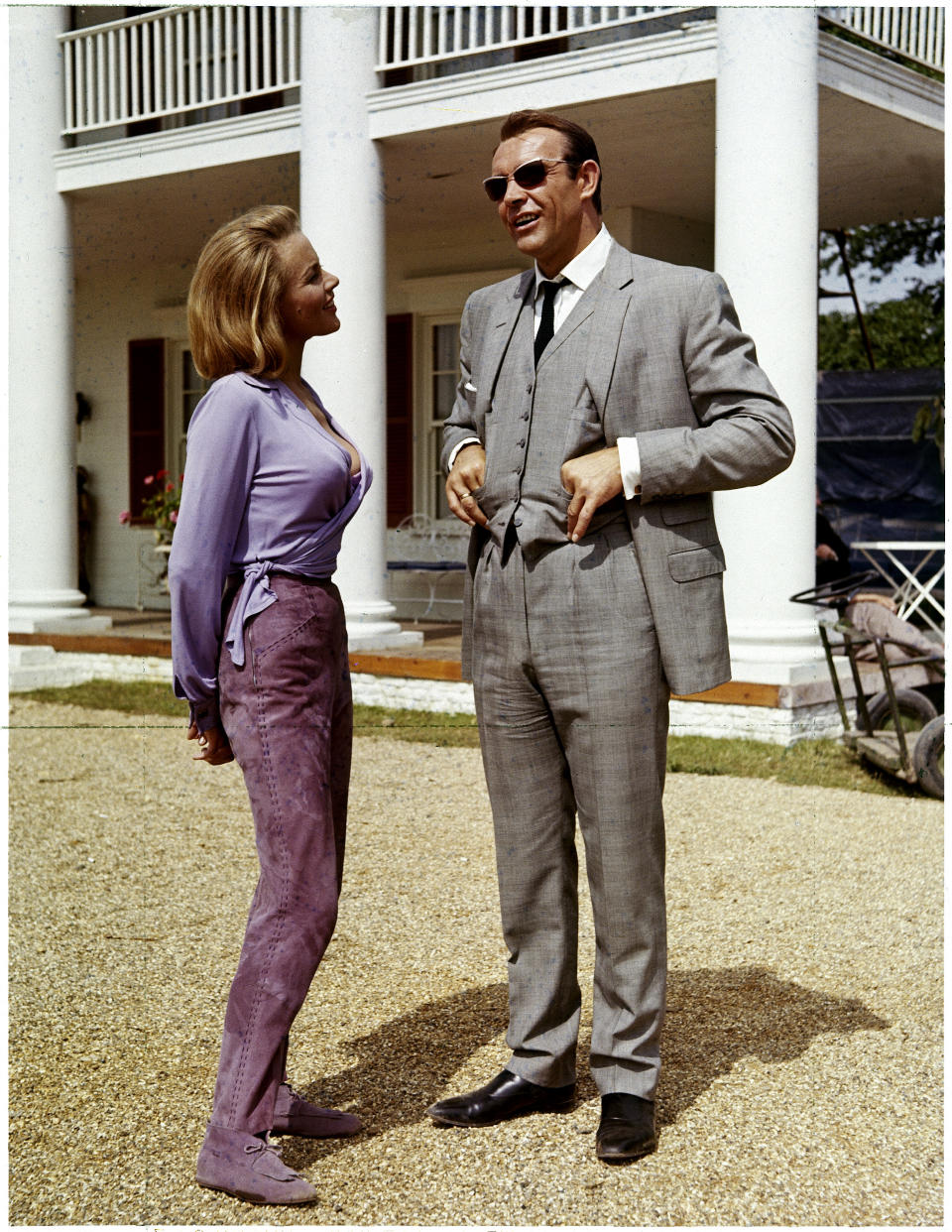
She was a rare British face that never quite left popular culture – which saw Bond do as many favours for her as she had done for him. And that was in a franchise that notoriously sees its female icons exit stage right into movie obscurity. The novelty track ‘Kinky Boots’ (1964) that she recorded with Avengers co-star Patrick Macnee became a 1990s student guilty pleasure, her TV credits alone included Columbo, The Saint, Coronation Street and Doctor Who and her film roles covered Hammer, A Night to Remember (1958), Jason and the Argonauts (1963), Life at the Top (1965), Shalako (1968), Bridget Jones Diary (2001) the ever-curious Cockney Vs Zombies (2012).
Older than Sean Connery – rare for all Bond films, even now – Blackman and her roles were never dolly-birds, so she never had that misfortune to age beyond her star turns. At commemorative 007 events, subsequent Bond actresses would be in awe of her striking looks and grace - whilst she was always personally surprised people recognised her.
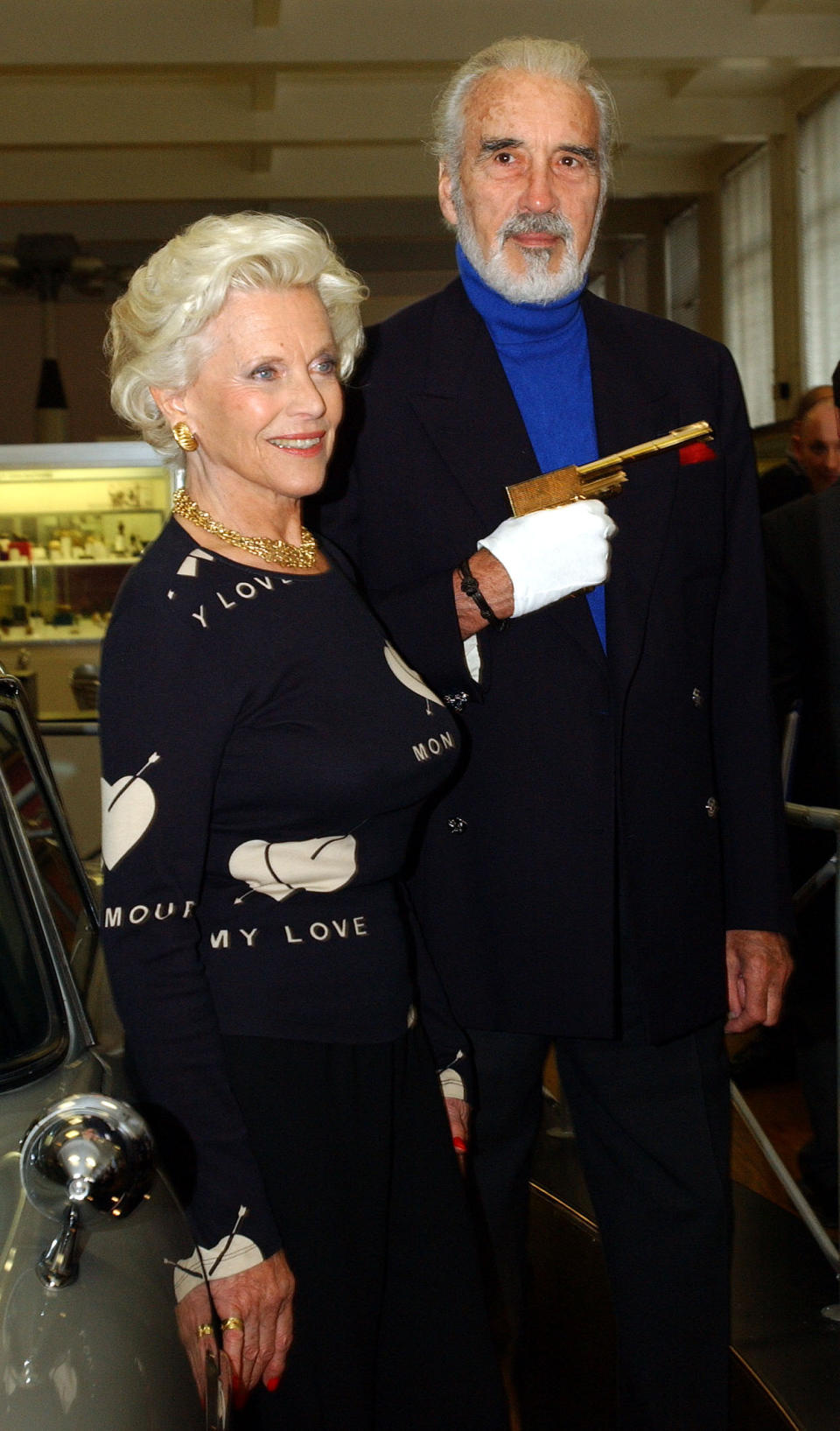
She hosted various 007 minded concerts and celebrations until recent years (one cannot imagine Scarlett Johansson still being asked to do ‘Black Widow’ things in fifty years’ time). In an industry that seeks ageless beauty and refuses to acknowledge the passage of time for its leading ladies, Honor Blackman played the age game in pretty much the same style she played her Bond Girl – her own way. One of the founding princesses of Sixties popular culture eventually became the grand Home Counties dowager of Bond.
Yet it will always be the gold-top wearing, pistol clutching and judo-spinning enigma Pussy Galore that Sean Connery awakes to see at forty-thousand feet that cinema has embossed in gold for eternity.
“I must be dreaming”, remarks Bond.
He wasn’t.

 Yahoo Movies
Yahoo Movies 

